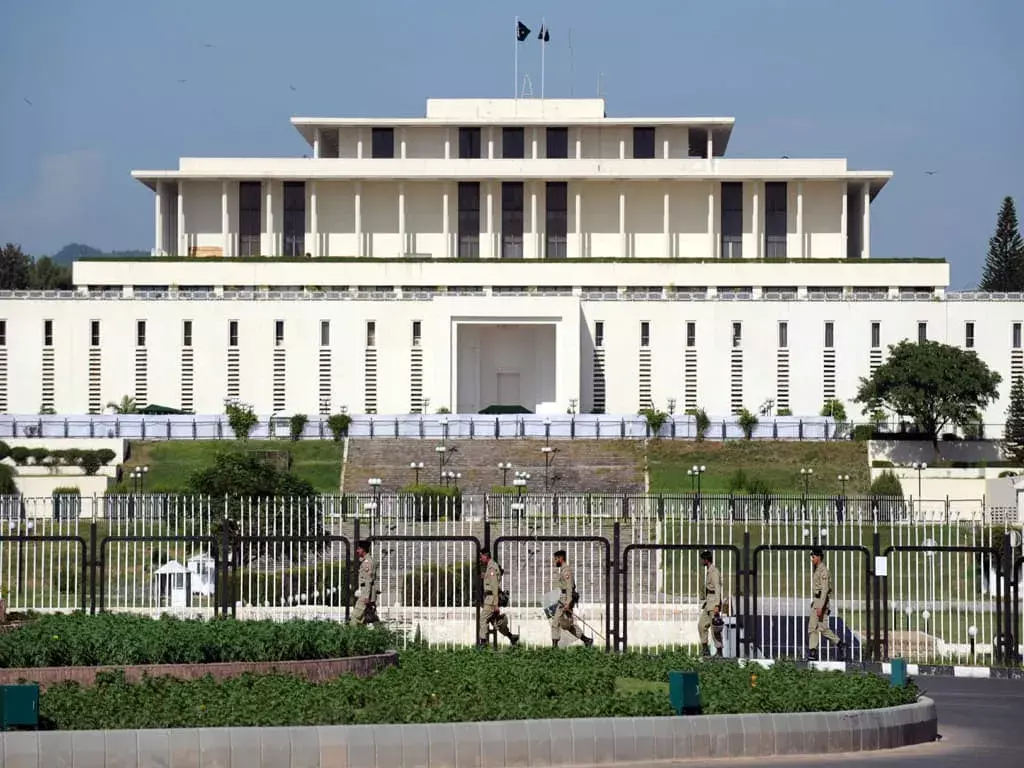Aiwan-e-Sadr

- Aiwan-e-Sadr, also known as the Presidential Palace of Pakistan, is the official residence and workplace of the President of Pakistan. Located in Islamabad’s Red Zone, near Parliament House, the Supreme Court, and the Prime Minister’s Office, Aiwan-e-Sadr serves as a symbol of national authority and governance. The palace is not just a residence but also an administrative hub, where important state meetings, diplomatic gatherings, and national events take place. It reflects the dignity and prestige associated with the office of the President, who serves as the ceremonial head of state.
- The architecture of Aiwan-e-Sadr is a blend of modern and traditional Islamic styles, featuring grand domes, intricate calligraphy, and vast courtyards. Its white marble façade and symmetrical design exude an aura of grandeur and elegance, making it one of the most impressive buildings in Pakistan. Inside, the palace is decorated with luxurious furnishings, historical artifacts, and artistic motifs that highlight the country’s rich cultural heritage. The main hall, where official ceremonies take place, is an awe-inspiring space adorned with chandeliers and elegant woodwork.
- As the seat of presidential power, Aiwan-e-Sadr plays a crucial role in national governance and diplomacy. It is where the President meets with foreign dignitaries, ambassadors, and government officials to discuss bilateral relations, policy matters, and national issues. The palace also hosts swearing-in ceremonies, state banquets, and important legislative approvals. While the President’s role in Pakistan is largely ceremonial, Aiwan-e-Sadr remains a key institution in maintaining the country’s constitutional and political balance.
- Public access to Aiwan-e-Sadr is highly restricted due to security reasons, but in recent years, the government has allowed limited guided tours for students, researchers, and citizens on special occasions. These tours offer a glimpse into the country’s political history, governance structure, and the role of the presidency. As a symbol of national unity and stability, Aiwan-e-Sadr stands as an icon of Pakistan’s statehood, reflecting the nation’s political traditions, history, and diplomatic engagements.
